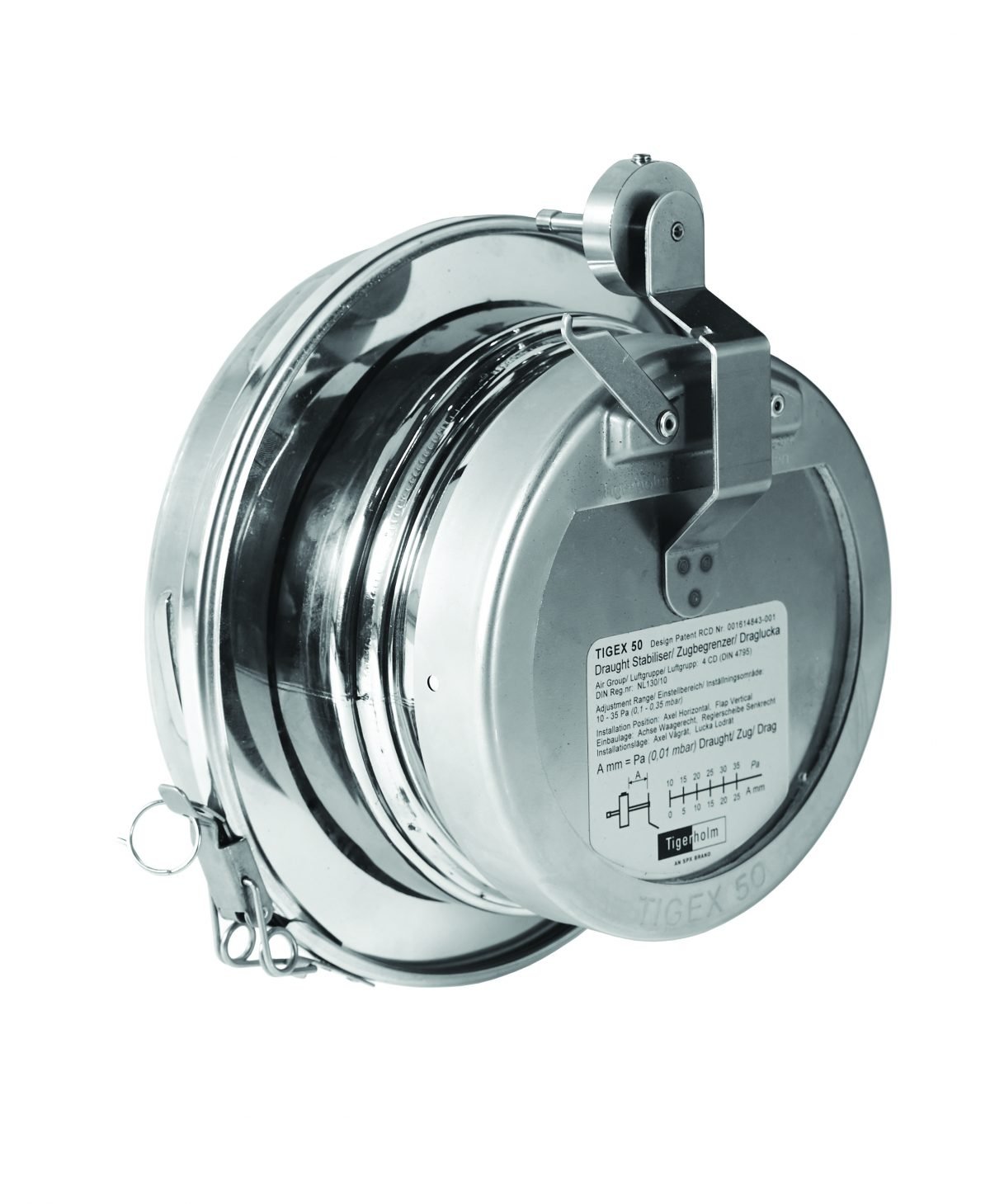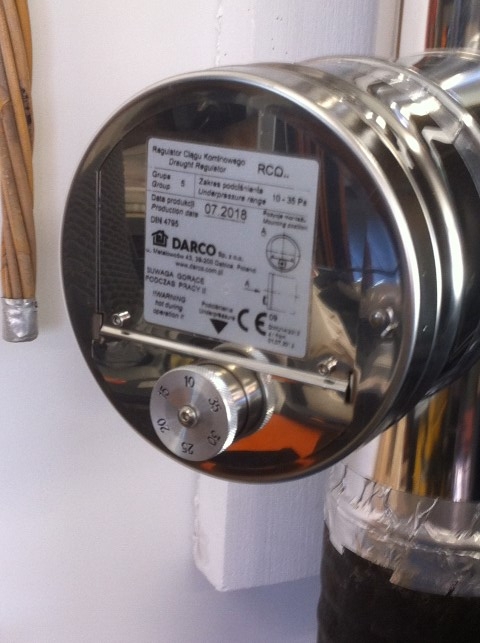|
|
Post by Vortex on Jan 16, 2019 14:50:10 GMT -8
I live close to the ocean and the wind is often very strong and gusty, the normal chimney damper helps a bit but I've often wondered if one of these would work any better. Has anyone ever used one? Looks like they'd probably clack annoyingly like the cooker vents do, but they do have a tab so you can lock it when not in use.    |
|
|
|
Post by gadget on Jan 16, 2019 17:58:09 GMT -8
When that flap opens it looks like it lets air(cold) in the chimney? If it does, I would not use one. Last thing you want is air coming in that far down the line. It could cause creosote condensing in the chimney on standard wood stoves
|
|
|
|
Post by Vortex on Jan 17, 2019 9:33:49 GMT -8
Well this is a rocket stove forum, if anyone has creosote to condense in their flue gases then they're doing it wrong. I gave up on cleaning my chimney years ago as there was never anything in it to clean out.
The air entering the flue would be at room temperature, but the point of it is to slow the over draught, which lowering the temperature in the flue aught to do.
I think I might have a go at making up a rough one just to try it out and see how it behaves.
|
|
lsch
New Member

Posts: 18
|
Post by lsch on Jan 17, 2019 10:06:39 GMT -8
salut I have a diy on a classic cast iron stove and it works very well (for 10 years). I live in France in an area where the wind (mistral) is often very strong and this helps to keep a stable draft. |
|
|
|
Post by drooster on Jan 17, 2019 11:59:57 GMT -8
Barometric damper,
especially brilliant for coal stoves I've heard,
and sometimes recommended over at Hearth forums for normal woodstoves too.
|
|
|
|
Post by Vortex on Jan 17, 2019 13:51:16 GMT -8
Thanks lsch & drooster . That's great news, I will definitely try it out now. I wasn't sure if Barometric Damper was another name for the same thing or not, so I didn't include it in the title. The name seems to be used mainly in HVAC units. |
|
|
|
Post by pinhead on Jan 18, 2019 9:51:52 GMT -8
My grandpa has a wood-burning central air system and it has two of those installed. Works really well to keep draft stable.
|
|
|
|
Post by Vortex on Feb 10, 2019 3:42:36 GMT -8
The draught stabiliser that I ordered arrived this week and I fitted it yesterday. It works like a charm, the gusts of wind have almost no noticeable effect on the fire at all now. I bought the middle one of the 3 pictures above because it boasted of 'silent operation'. I hate things that bang in the wind. It has a seal around the inside edge of the flap which makes it gas tight and damps the sound of it closing quite well, but there is a stop on the inside top to limit how far in the flap can open, and that is metal on metal...  I'll stick a small piece of fire-rope over it, that should shut it up. Other than that odd little quirk I'm very pleased with it.  |
|
|
|
Post by peterberg on Mar 3, 2019 3:25:53 GMT -8
Mine arrived over a week ago, mounted it the same day. It works in the sense of making the gusts of wind unnoticeable (is that a word?) to the fire. Sometimes it opens all the way, at first it looked very odd. As if there wasn't any draft left for the heater. But regularly inspection of the fire during this phenomenon learned it was chugging away quite happy.  The draught regulator, as it is called, is made in Poland. It isn't sealed when closed and it is metal on metal. But the valve itself is very light and thin, it doesn't clank when closing but a faint tick instead. |
|